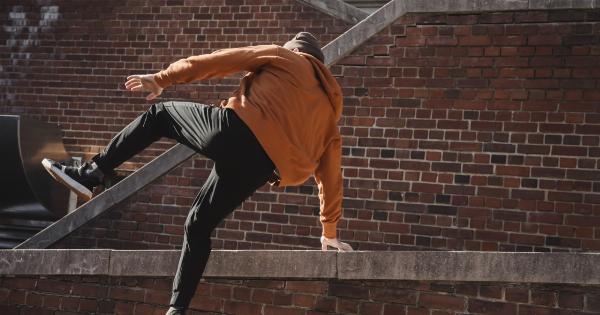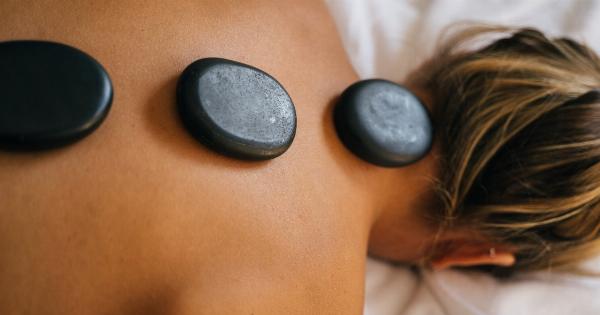As children spend a significant amount of their time sitting at school desks, it’s important to consider the effects of these desks on their posture and overall spine health.
Chronic back pain is a common problem among students, and it is essential to evaluate the connection between their school desks and this prevalent issue. In this article, we will explore the various factors that contribute to chronic back pain in students and discuss potential solutions.
The Ergonomics of School Desks
Ergonomics plays a crucial role in ensuring that school desks are designed to promote good posture and prevent chronic back pain.
However, many traditional school desks tend to neglect these ergonomic principles, resulting in discomfort and potential long-term health issues.
The Role of Desk Height
One of the primary factors contributing to chronic back pain in students is inappropriate desk height.
When a desk is too low or too high for a student’s height, it can force them into awkward sitting positions, leading to strain on their back, neck, and shoulders.
Importance of Proper Chair Design
While desks are crucial, the design and ergonomics of chairs also play a significant role in preventing chronic back pain. Chairs should provide adequate lumbar support and be adjustable to accommodate each student’s unique body shape and size.
The Impact of Static Sitting
Another contributor to chronic back pain in students is the prolonged periods of static sitting. Sitting for extended periods without movement puts excessive strain on the spinal discs and muscles, leading to discomfort and potential long-term damage.
The Need for Movement and Exercise
To reduce the risk of chronic back pain, it is crucial to encourage frequent movement and exercise during school hours.
Incorporating short breaks for stretching exercises or providing standing desks can help alleviate the negative effects of static sitting on students’ backs.
The Importance of Posture Education
Teaching students about the significance of maintaining proper posture can have a significant impact on reducing chronic back pain.
Educating them about the correct way to sit, stand, and carry heavy backpacks can help prevent muscle imbalances and spine misalignments.
The Role of Backpacks in Back Pain
An often overlooked factor contributing to chronic back pain is the excessive weight and poor distribution of load in students’ backpacks. Heavy backpacks can strain the back and shoulders, leading to postural changes and increased discomfort.
Potential Solutions
To address the issue of chronic back pain in relation to school desks, several potential solutions can be implemented:.
1. Ergonomic Desk and Chair Pairing
Providing schools with ergonomic desk and chair pairings can significantly improve students’ sitting posture and reduce the risk of chronic back pain.
Adjustable desks and chairs can accommodate various body shapes and sizes, promoting better spinal alignment.
2. Standing Desks
Introducing standing desks as an alternative to traditional seated desks can encourage students to be more active throughout the day. Standing desks can promote better posture and reduce the risk of developing chronic back pain.
3. Regular Movement Breaks
Incorporating scheduled movement breaks into the daily routine can help combat the negative effects of static sitting. Encouraging students to stretch or engage in brief physical activities can alleviate back pain and improve overall well-being.
4. Lightening the Load
Schools can work with students and parents to ensure that backpacks are appropriately sized and loaded to prevent excessive strain on the back and shoulders.
Educating students on proper backpack usage and promoting the use of lockers can also alleviate the burden.




























